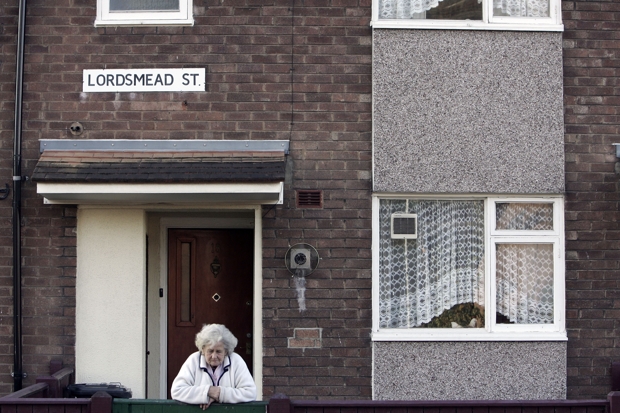Much dust was kicked up by the Conservative pledge to widen right-to-buy to housing association tenants. How dare the Tories offer six-figure discounts on homes that don’t belong to them? Or so the housing chiefs thundered, amid threats to mire the idea in a costly court battle. But as the dust settles, how much of that anger is justified? Will the idea seriously harm the landlords to most of the nation’s social housing tenants?
The first thing to note is that much of the initial anger was poorly directed. Housing chiefs were caught somewhat off-guard by a surprise pledge to compensate them for the six-figure discounts. This financial twist – not extended to local authorities – undermined much of the early rhetoric about the policy’s potential to throttle supply.
While councils struggle to replace the homes they sell off, associations could find themselves profiting from the policy. Or so says, Natalie Elphicke, a lawyer who advises the Treasury and knows the housing association world inside out.
According to Elphicke, a wider right-to-buy scheme will benefit associations because it will apply sub-market rates to their homes but will ensure they are compensated at full value. ‘They will profit from the sales of the homes. So this should drive supply, creating more social homes.’
This compensation package could neuter a legal threat from some housing chiefs who claim right-to-buy could wound their financial viability. Legal experts also poured cold water on claims the policy could be brought down by judicial review.
Any such challenge would go the same way as the failed bids to quash the bedroom tax, according to Nick Billingham, a partner at law firm Devonshires. Judges have shown themselves reluctant to shoot down policy passed by democratically-elected governments, he suggests. ‘If you look at the challenges to welfare reform, the judges see them as parliamentary territory. It is highly unlikely they will cross the bright line to interfere with Parliament.’
Amid all the dust kicked up, there is one concern about widened right-to-buy from the left-field of housing law that does appear credible, however. As associations sit in a grey area between the ‘private’ and ‘public’ classes, there is a legitimate worry their £65bn of loans could one day officially count as public borrowing. Falling over this cliff edge is a real and present danger to associations’ ability to raise private cash for affordable housing, something at which they excel.
Judges have been far happier to rule on housing associations’ classification than government policy. Several recent rulings have edged them towards this precipice of public body status. And lawyers are divided about which direction the widened right-to-buy would push towards.
Elphicke is convinced it will make associations look like private bodies. ‘Housing associations would be fully compensated by a Conservative government for the discount; they are being treated as private bodies.’ But Billingham thinks it poses a possible threat. ‘There will be a tipping point for housing association. It is a concern.’
Such uncertainty is a big worry, given the credible risk of losing billions of private sector investment in housing through a reclassification. Associations will no doubt continue to bluster about the widened right-to-buy as the election approaches. On these seemingly technical point they should be taken seriously. It could be missed among the dust.






Comments